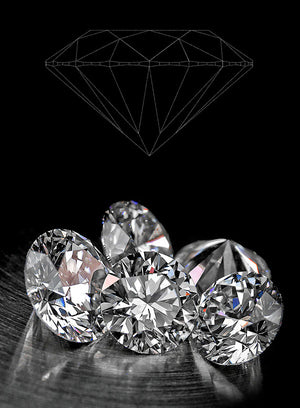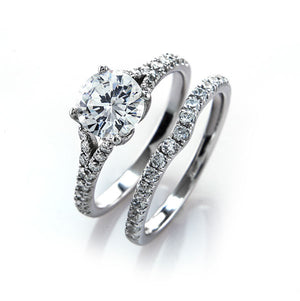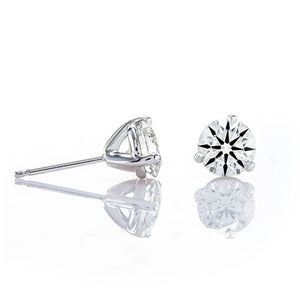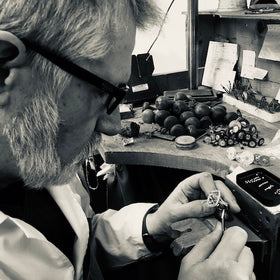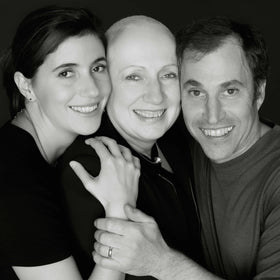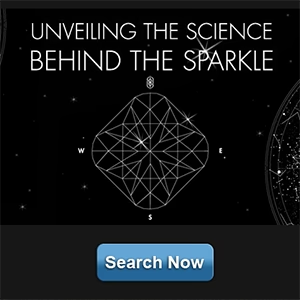
Best proportions and cut quality for cushion cut diamonds?
“I’m shopping for a cushion cut diamond engagement ring, and there seems to be quite a few different facet structures, and cut qualities available. I notice that the Brian Gavin Signature Cushion cut diamond has an overall cut grade of AGS Ideal-0, which seems to be quite rare. I’ve always thought that GIA Excellent was the best cut grade available, and had never heard of the AGS Laboratory before running across your web site, which cut grade represents the very best? GIA Excellent or AGS Ideal? And can you tell me what the best proportions are for a cushion cut diamond? Because I’d like to figure out which of the Brian Gavin Signature Cushion cut diamonds are going to deliver better light return and sparkle. And on a side note, can you explain why the BGD Signature Cushion cut diamonds cost more than comparable GIA Excellent cushion cut diamonds? Am I merely paying a premium for the brand name?”
Brian Gavin Signature Cushion cut diamonds vs everything else:
The reality is that no other cushion cut diamonds are comparable to Brian Gavin Signature Cushion cut diamonds, because our diamonds feature a proprietary facet structure that is so unique that it is patented.
The facet structure of a Brian Gavin Signature Cushion cut diamond is dramatically different than what you’ll find on other cushion cut diamonds, starting with the fact that the facet structure is symmetrical, because we use the same diamond rough crystal that we use to produce the Brian Gavin Signature round diamonds.
Now this concept might not make sense when you first read it, but the majority of cushion cut diamonds are cut from diamond crystal that is irregular in shape, thus the shape or basic outline of most cushion cut diamonds varies dramatically from diamond to diamond.
The reality is that it is practically impossible to produce cushion cut diamonds which are consistent in shape, and which feature the same facet pattern, over and over again, when the proportions and facet structure of the diamond has to be adjusted to accommodate the variations presented by each piece of diamond rough; it’s essentially like trying to build a bunch of houses using scrap pieces of lumber, it isn’t likely that the results are going to look consistent.
The Science Behind the Sparkle of the BGD Signature Cushion cut diamond:
In order to ensure that every Brian Gavin Signature Cushion cut diamond is produced to the same level of consistency, Brian uses the same symmetrically shaped diamond crystal that is used to produce our round brilliant cut diamonds; but he also relies upon an extremely precise range of proportions to ensure that the diamonds deliver the highest volume of light return and a virtual balance of brilliance and dispersion. The article Unveiling the Science Behind the Sparkle reveals some of the other traits of BGD Signature Cushion cut diamonds that makes our production of cushion cut diamonds superior to all others.
These are critical differences that affect the volume of light return and sparkle factor exhibited by the diamond, as well as how the girdle edge of the diamond is superior, but what you really want to know is why the Brian Gavin Signature Cushion cut diamond costs more than other cushion cut diamonds, and whether AGS Ideal cut is equivalent or better than GIA Excellent cut – right?
The difference in the cost of the diamond rough used to produce the diamonds is a critical factor, as stated previously, the majority of cushion cut diamonds are produced from irregularly shaped diamond rough, which is essentially scrap, it can’t be used to produce a round brilliant cut diamond because it is irregular in shape, and round brilliant cut diamonds represent the highest demand.
So the diamond rough used to produce most cushion cut diamonds costs less than the diamond rough used to produce Brian Gavin Signature Cushion cut diamonds, a lot less actually.
And it can take up to four times longer to polish a cushion cut diamond to the degree of optical symmetry exhibited by our Brian Gavin Signature Cushion cut diamonds, this also means that we’re having to change out and replace our equipment more often, and all of this is reflected in the production costs of the diamonds.
But more importantly, the time and resources spent cutting and polishing every Brian Gavin Signature Cushion cut diamond to this level of unprecedented perfection, results in a volume of light return and sparkle factor that rivals that of our Brian Gavin Signature Hearts and Arrows round brilliant cut diamonds, which are considered to be within the Top 0.001% of the annual production for rounds, and which are recognized throughout the industry as being of the finest quality available.
GIA Excellent vs AGS Ideal-0 cushion cut diamonds:
The reason why we send every Brian Gavin Signature cut diamond to the American Gem Society Laboratory (AGSL) for grading, is because only the AGSL uses Angular Spectrum Evaluation Technology (ASET) to measure diamonds for brilliance and light return.
The diamond grading platform relied upon by the GIA lacks the ability to provide insight into the actual light performance of the diamond, and doesn’t even provide the crown or pavilion angle measurements of the diamond!
So on one hand, the AGSL diamond quality document (DQD) provides a full picture of the diamond in terms of the proportions, while the GIA diamond grading report leaves out two critical components and lacks the insight provided by the ASET; therefore we do not consider the GIA Excellent and AGS Ideal overall cut ratings for cushion cut diamonds to be comparable, and this should serve to explain why Brian Gavin Signature Cushion cut diamonds cost a little more than GIA Excellent cushion cut diamonds, and why they are worth every penny more!





